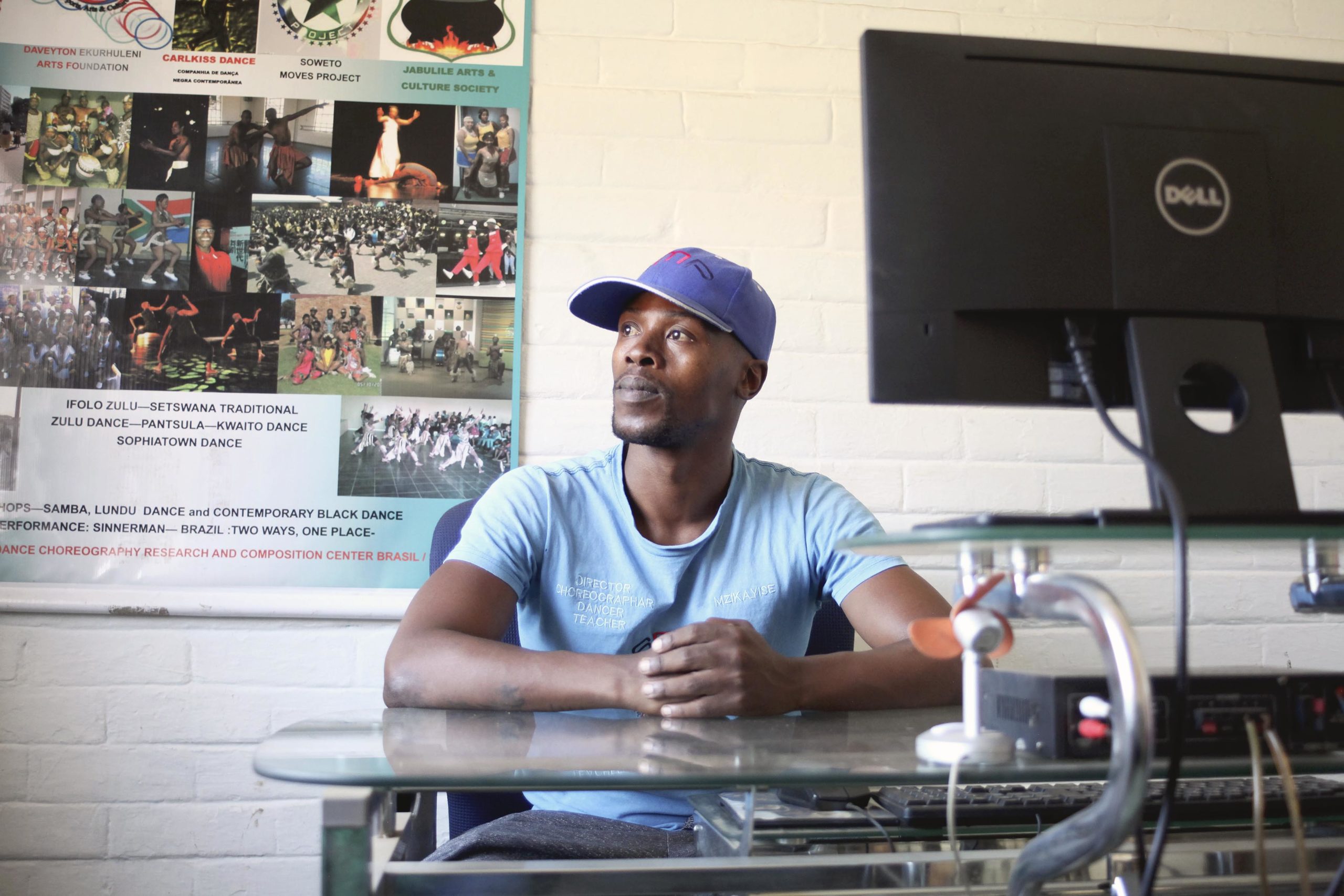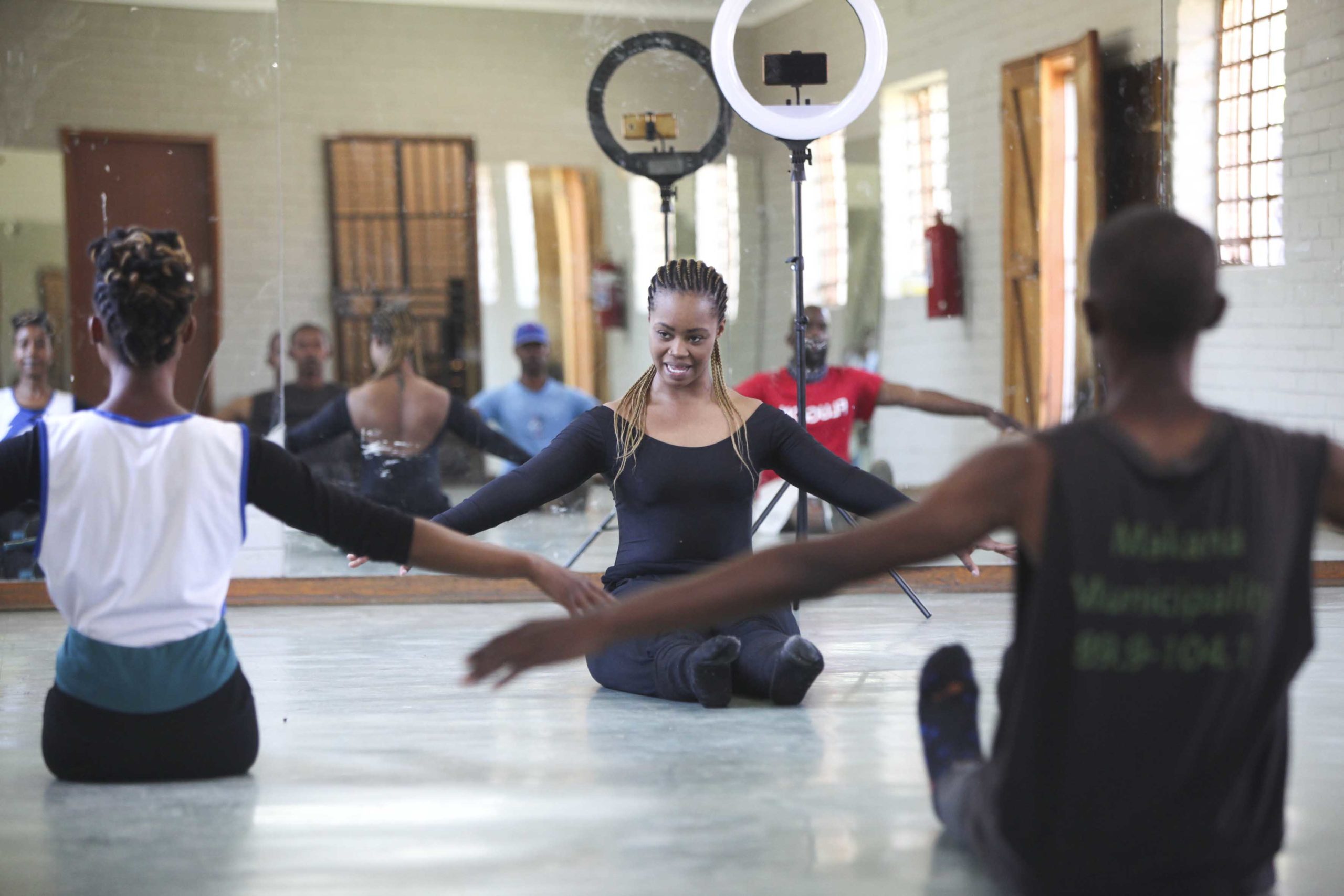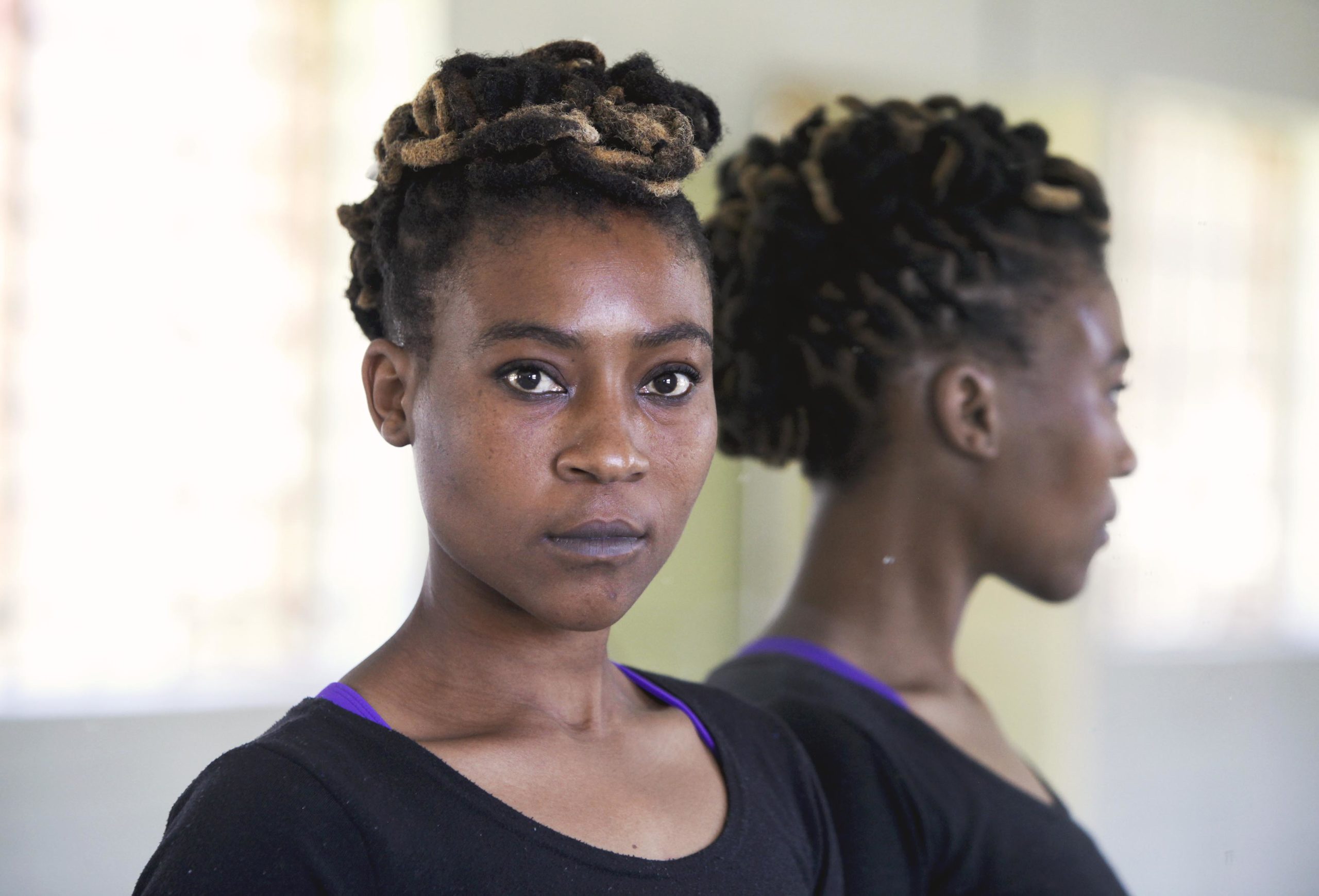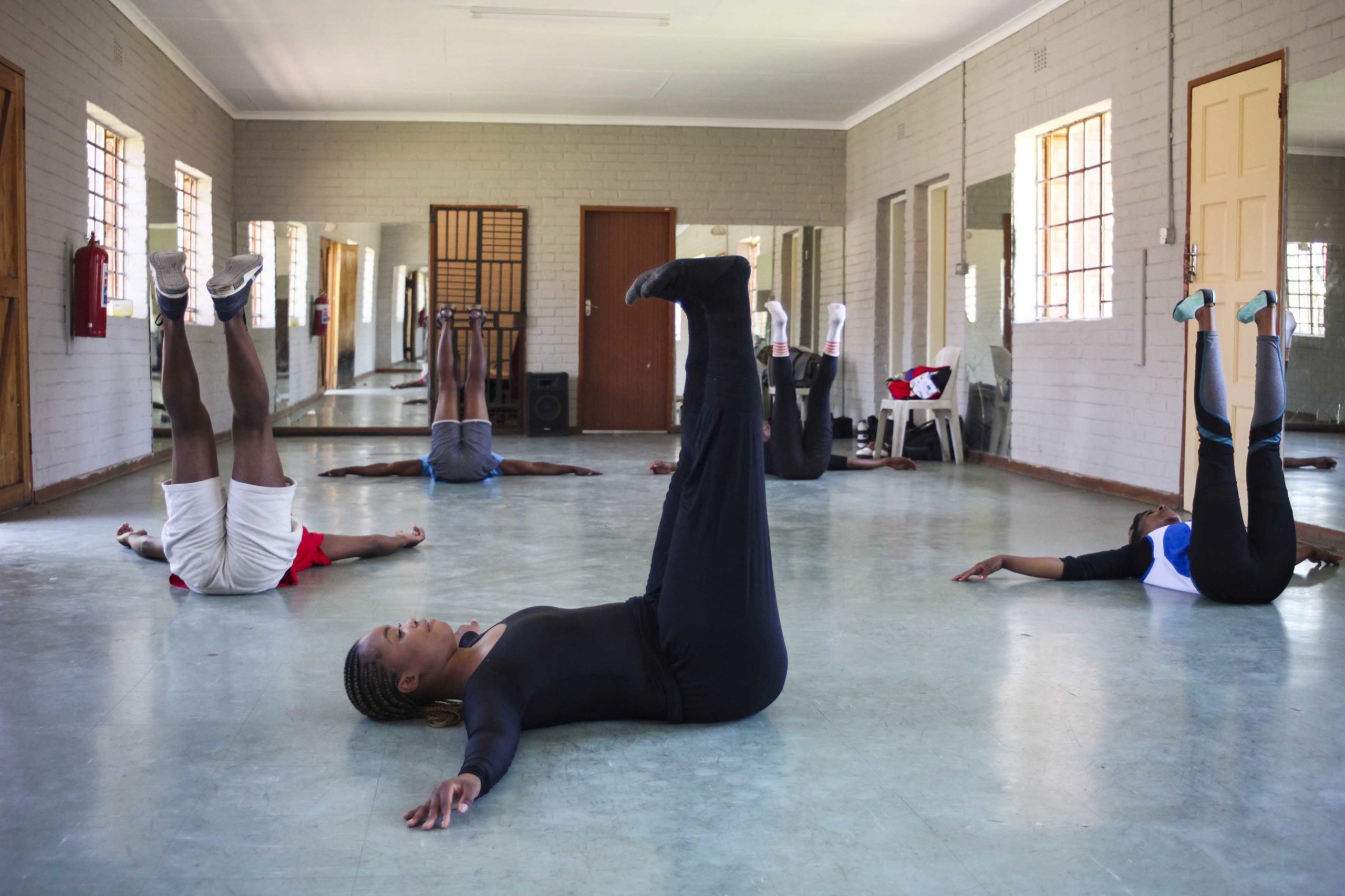Growing and giving back through dance
The Soweto Moves Project, on famous Mputhi Street, promotes dance across many styles while emphasising the social importance of the arts.
Author:
22 November 2021

Mputhi Street, in White City, Jabavu is notorious for the horrific events that took place there on 16 June 1976. In protest against the apartheid regime imposing Afrikaans as a medium of instruction, an estimated 20 000 Black schoolchildren took to the streets in what came to be known as the Soweto Uprising.
As a reminder of those events, the June 16 Soweto Heritage Trail runs past the Morris Isaacson High School, often described as the epicentre of the uprising. It is a key institution that produced some of the brightest minds of the time, such as Tsietsi Mashinini. He led the protests with excellence but was forced into exile, where he died.
Opposite the school is the June 16 Memorial Acre, which houses artefacts, images and other paraphernalia that tell the story of what happened on that fateful day. The memorial also features a statue of Mashinini.

For a street with so much history, this is also the location of a nondescript community centre curiously named Borrolo Butt Hut, which houses a boxing facility, a gym and the Soweto Moves Project.
Founded in 2015 by self-taught professional dancer, choreographer and chief executive Mzikayise Lucky Ngema, the Soweto Moves Project is an innovative and ground-breaking institution that exists against many odds. A dream made Ngema start the project, and what has kept it running are sheer determination and a sense that “one needs to give back” to the community, Ngema says.
“We are there to give back to the community in the best way we know how … and we have good dancers here in Soweto but some of them are not recognised,” he says, adding that this is one of the main reasons he felt it was necessary to establish the project.
Look and learn
For Ngema, the project has been essential in ensuring that youth around the area have a place where they can go and learn. It is also a safe space, in its way. By frequenting the place, young people are less exposed to drugs and such vices as alcohol abuse and under-age cigarette smoking.
If the powers that be cared about supporting the arts then the Soweto Moves Project would certainly have been well funded and highlighted as a positive feature of a township fraught with many problems. That has not been the case, however. Ngema and the dancers have had to hustle to ensure that they keep the doors open, mostly by offering their services to individuals and corporations. This has seen them perform at weddings, company events, award ceremonies and at various occasions that require entertainment.
Though Ngema is grateful that his Soweto Moves Project has a space that houses an office, a studio and bathroom facilities, provided free by the city, there is still a need for more. The space requires specialised equipment like full mirrors, dance mats and other key equipment to make it a proper dance studio. He says that the City of Johannesburg, as owners of the Borrolo Butt Hut, can do more to support the studio by contributing to running costs, which would enable the project to have a fully fledged programme. And they would be in a position to pay facilitators and, also, to embark on outreach projects in the community.
As part of their “giving back” mandate, the Soweto Moves Project hosts free weekly open-dance classes for members of the public. Those taking part range from the very young to the not so young, at different levels, making it accessible to all. The professional dance facilitators who run the open classes include Lungile Mahlangu, Thamsanqa Sekoere WaMajela, Simphiwe Nkosi and Tawanda Wharzo Mandara.

The Soweto Moves Project offers classes and choreographed pieces in dance styles ranging from contemporary dance to pantsula. In the mix are hip-hop, gumboot dance, tap dancing, traditional dance, kwela and kofifi. There are, of course, more recent ones which they offer; like gqom, vosho, gwara-gwara and the now globally acknowledged amapiano dance popularised by Master KG and Nomcebo’s hit song Jerusalema.
Lungile Mahlangu, who graduated with a diploma in dance teaching (with majors in anatomy and dance psychology) from the Tshwane University of Technology, is one of the dance facilitators at the Soweto Moves Project. For Mahlangu, the project is important because it has allowed her to practise what she learned at university. These relatively new techniques give her and the dancers a chance to broaden their skills.
“The Soweto Moves Project plays a vital role especially now in times of Covid-19. A lot of young people do not see arts as a career, they see it as a hobby so this place makes them realise you can actually become something,” says Mahlangu.
Kedibone Mokgophana, a performing artist and professional dancer, also attends the weekly open classes at the Soweto Moves Project. “I come here to keep fit, to learn more genres because it is a place where you find any dance genres and it is a place which attracts a huge community of dancers and choreographers” from around Soweto, who come and share their skills and expertise. This is just one of the opportunities the Soweto Moves Project provides to the community and to dance enthusiasts.
Teboho “Tebza” Diphelo is a professional dancer, a pantsula specialist, a teacher and a choreographer. He was the Red Bull Dance Your Style South Africa winner in 2018. He went on to represent the country in Paris in 2019. He regularly attends the open classes and, for him, the Soweto Moves Project is important for several reasons – the main one being the opportunity for dancers to keep expanding their knowledge. “I would like to challenge myself to explore other genres and expand my movement vocabulary,” he says.

Ngema’s dream
“My wish is for the Soweto Moves Project to be recognised. We are recognised but I feel we are not recognised enough. If we can get [operational] funding so that we can be able to run different programmes, maybe run a three- or six-month course working with kids, we invite people to teach, we have shows and we are able to pay for these things,” says Ngema.
This support is, however, not something about which he is hopeful. He also feels that submitting applications for funding is a waste of time. “I don’t have that energy to go and apply for funding because I know how these things work. You must know someone, and I am a person who likes straight things,” Ngema says. It is partly because of this that the project has remained self-reliant, he says.

Although the events of 16 June 1976 that shaped this street and the township may never be forgotten, the Soweto Moves Project is doing its bit to create an alternative narrative and artistic oasis for the young people of White City, Jabavu. These young people need and want nothing more than to be in a space where they can be young and free and, for a moment, where they can forget the myriad social ills that confront them when they hit the streets and go home.
